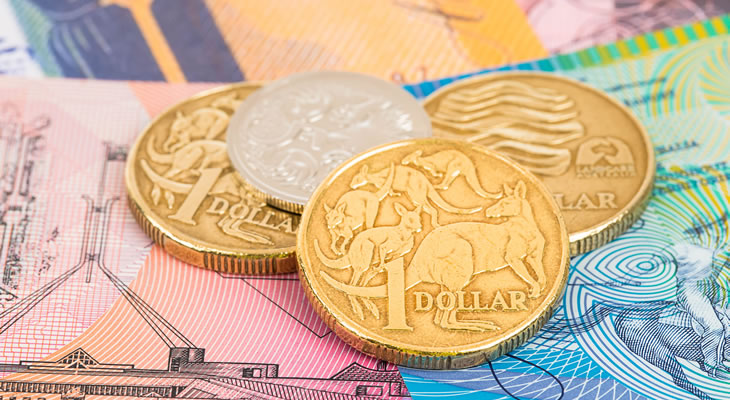- Pound Australian Dollar Soars to 1.6679 – Australian Dollar Pound Drops to 0.5993
- BoE Keeps Rates on Hold, Hints that Rate Hike Might be Coming – Sterling Soars Against the Majors
- Australian Employment Data Proves Positive – GBP AUD Holds its Lead
The Pound Australian Dollar exchange rate climbed in the wake of today’s Bank of England (BoE) interest rate decision.
The BoE voted 7 -2 to leave rates at record lows of 0.25% today, citing slow wage growth and the squeeze on household spending as the primary reasons for keeping monetary policy steady. The Bank did, however, hint that a rate hike may come sooner than expected, prompting today’s leap in demand for Sterling and also raising the question; just how probable is a rate hike in 2017?
There are a number of factors that could make a small rate hike seem possible in 2017, chief amongst them being the accelerating level of UK inflation.
Monetary Policy Committee (MPC) members Michael Saunders and Ian McCafferty both broke ranks again to vote for a jump in interest rates to 0.5% in an attempt to combat the aforementioned rise in UK inflation – especially with it recently beating expectations by jumping to 2.9%, up from the previous period’s 2.6%.
Beyond this, the MPC expects inflation in the UK to only increase in the coming months due to climbing oil prices, with a 3% rise forecast in October (this event would actually force BoE Governor Mark Carney to provide a written explanation to Chancellor Philip Hammond).
Indeed, if this occurs then the outlook for a rate hike in November would definitely increase, especially in light of recent comments from the September minutes, notably: ‘…some withdrawal of monetary stimulus is likely to be appropriate over the coming months’.
Paul Hollingsworth from Capital Economics echoed this sentiment, stating:
‘Indeed, this supports our long-held view that market expectations had gone way too far in expecting rates to remain on hold until 2019. If the economy continues to hold up, and there are clearer signs that wage growth is building, then the first hike could come somewhat earlier than we previously envisaged, possibly as soon as the next meeting in November alongside the Inflation Report’.
Exactly how accurate Hollingsworth’s assessment that the markets had become overly dovish in perception is yet to be seen. Furthermore, there still remains a great deal of uncertainty in regards to the type of Brexit deal that will be struck – one of the primary arguments for keeping rates low.
If sentiment continues to point to a growing hawkishness within the ranks of the BoE then GBP AUD will continue to climb. If, however, Carney quashes these ideas at his speech next week at the IMF in Washington then the ‘Aussie’ Dollar may find room to breathe.
Aussie Employment Figures Surge, AUD Fails to Capitalise
The Australian Dollar experienced a run of positive data prints today as employment growth was revealed to have outpaced growth in the US.
Employment in Australia increased by a whopping 54.2k in August, smashing July’s upwardly revised 29.2k print, beating the forecast of 23.3k and marking the 11th consecutive month of gains (the longest streak in 23 years).
The unemployment rate remained stable in August at 5.6% (consistent with forecasts).
Whilst this news clearly demonstrated that some aspects of the ‘Aussie’ economy are gaining momentum, the ongoing stagnation of wages, housing boom and rising cost of utilities remains problematic, particularly in assessing the likelihood of a rate hike from the Reserve Bank of Australia (RBA).
Gareth Aird, senior economist at Commonwealth Bank of Australia shared this perspective, stating;
‘From a monetary policy perspective it is about what this improvement means for wages and inflation. From our vantage point, despite the solid jobs growth, we think that we are still some way from labor market slack being eroded sufficiently to put genuine upward pressure on wages. As such, we have the RBA on hold until late 2018’.
Ultimately whilst this news did bolster the Australian Dollar, it was not enough to prevent Sterling’s surge, leaving GBP AUD trading firmly in the Pound’s favour.


Comments are closed.